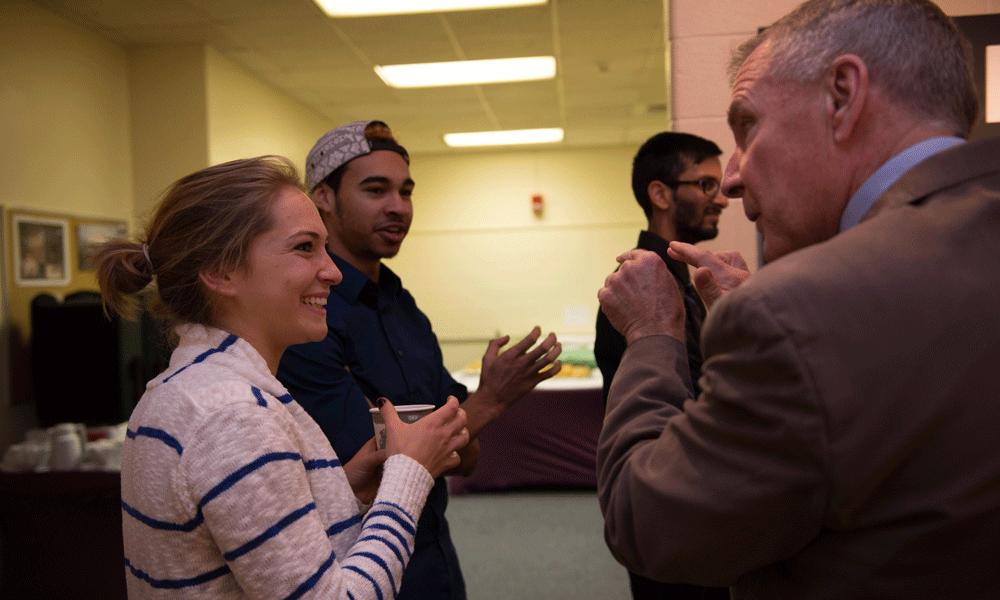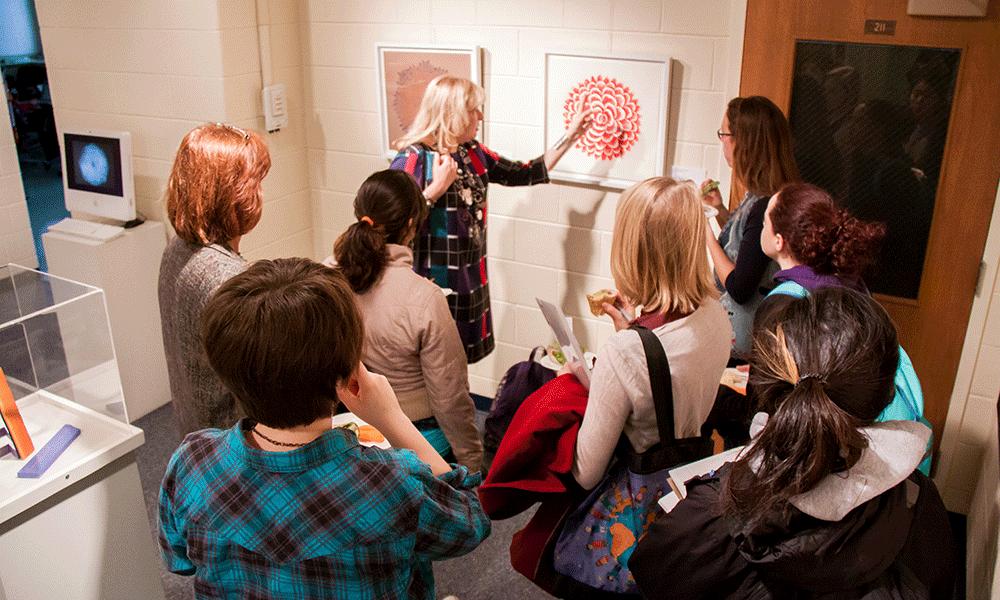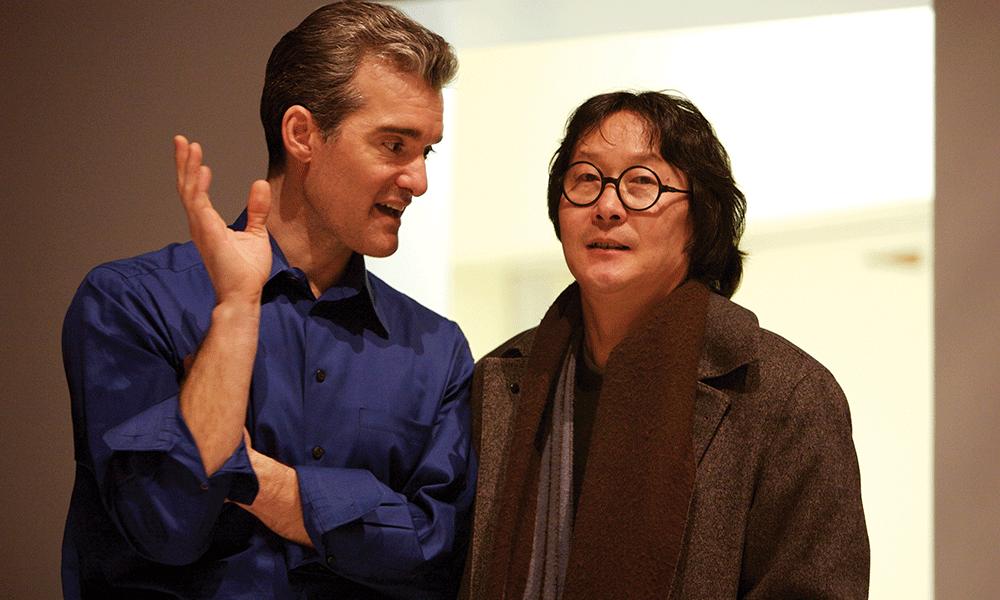The art of finding the best solution
Embracing different perspectives in the problem-solving process
Arts and Culture
SUMMARY: An often unsung hero in the battle to find workable answers for difficult societal problems has been the voice of the artist. But things are changing. At JMU, arts integration is central to cross-disciplinary opportunities that foster students' ability to be innovative critical-thinkers.
Tackling complex issues
In looking for creative solutions to problems—from business to technology, health care to urban renewal, education to social crises—there’s an increasing recognition of the power of a multidisciplinary approach.
The reason is simple: It works.
George Sparks, dean of JMU’s College of Visual and Performing Arts, explains: “Every discipline sees the world in a different way.” And it is those differences that lend fuel to innovation and problem-solving, even when tackling complex issues.
An often unsung hero in the battle to find workable answers for difficult problems has been the voice of the artist. But things are changing.
“[Those with a background in] arts and humanities bring value to perspectives and processing information. Instead of getting one or two solutions, you get 25. The final solutions are much more creative, often borrowing from different perspectives for better solutions,” Sparks says. It is the reason, says College of Business Dean Mary Gowan, that “increasingly organizations are seeing that they need people in cross-disciplinary teams to develop innovations.”

|
Integrating art into the problem-solving equation
At JMU, arts integration is central to the myriad efforts to expose students to cross-disciplinary opportunities and foster their ability to be innovative critical-thinkers. One such opportunity is regular participation in the a2ru conference. The a2ru (the Alliance for the Arts in Research Universities) is a partnership of over 30 institutions committed to the support of arts and arts-integrative programs.
In March, Carissa Henriques, assistant professor of graphic design, accompanied JMU students to the University of Michigan and Detroit for the a2ru, Emerging Creatives Student Summit RISE: Forging Resilient Communities. Students explored how to use creative partnerships to revitalize communities in sustainable ways. “We were unique in that we took not just art students, but business students, engineering students, art and design students, and College of Arts and Letters students—a real cross section.” “Problems are inherently interdisciplinary,” she says, “and problem-solving in the real world requires people from different disciplines to work together for an effective solution.”
Student participants at a2ru bring valuable decision-making tools back to campus, share them with their peers and enhance the climate of critical thinking at the university.
|
The final solutions are much more creative, often borrowing from different perspectives for better solutions. - George Sparks, dean, College of Visual and Performing Arts |
JMU's IVS 'an exemplar of best practice'
On Madison’s campus, faculty and students alike benefit from special opportunities for interdisciplinary challenge and arts integration through JMU’s Institute for the Visual Studies. The institute was recently cited by the Mellon Research Project as an “exemplar of best practice in the fusion approach to curricular integration.” The study entailed an expert in interdisciplinary initiatives visiting over 40 universities nationwide and conducting interviews with 30 to 40 faculty, staff and administrators.

|
“IVS connects people across campus and disciplines to allow them to do things they wouldn’t otherwise have the opportunity to do,” says IVS Director David Ehrenpreis. The institute furnishes unique opportunities for faculty and students to explore the connections between art, science and technology unfettered by the need to achieve a specific outcome. “IVS provides experimental space for exploration, and that, in turn, sparks creativity,” says Ehrenpreis. Seminar topics have included explorations of urban renewal, environmental and ecological health, the interplay of arts and mathematics, and the philosophical, religious and artistic perspectives of objects of play.
The Mellon Research Project lauded IVS Studio Seminars for creating “conditions for innovation” and concluded that JMU’s approach “exemplifies possibilities for groundbreaking arts integration fueled by administrative vision and creative problem-solving.”
Future impact
The results go beyond the creation of an intensive, collaborative learning environment for students and enriched opportunities for faculty research.
JMU graduates will go out into the world better equipped to make a difference.
The value of Madison’s interdisciplinary efforts, says Henriques, is that JMU graduates will be oriented to “problem-seeking, not just problem-solving. They will be looking in their communities for possibilities. They will see a problem, investigate, find related problems, talk to community members and get people to work across disciplines to develop solutions across the board.”
